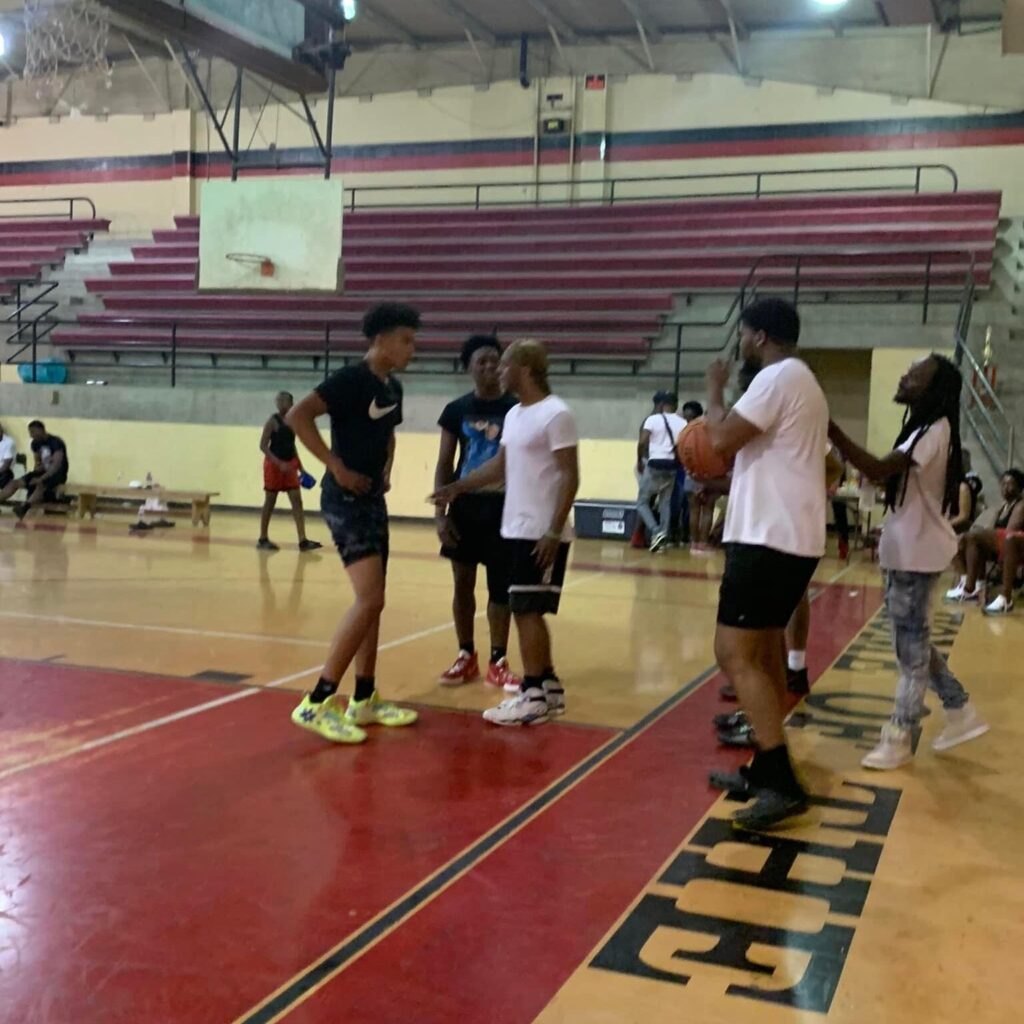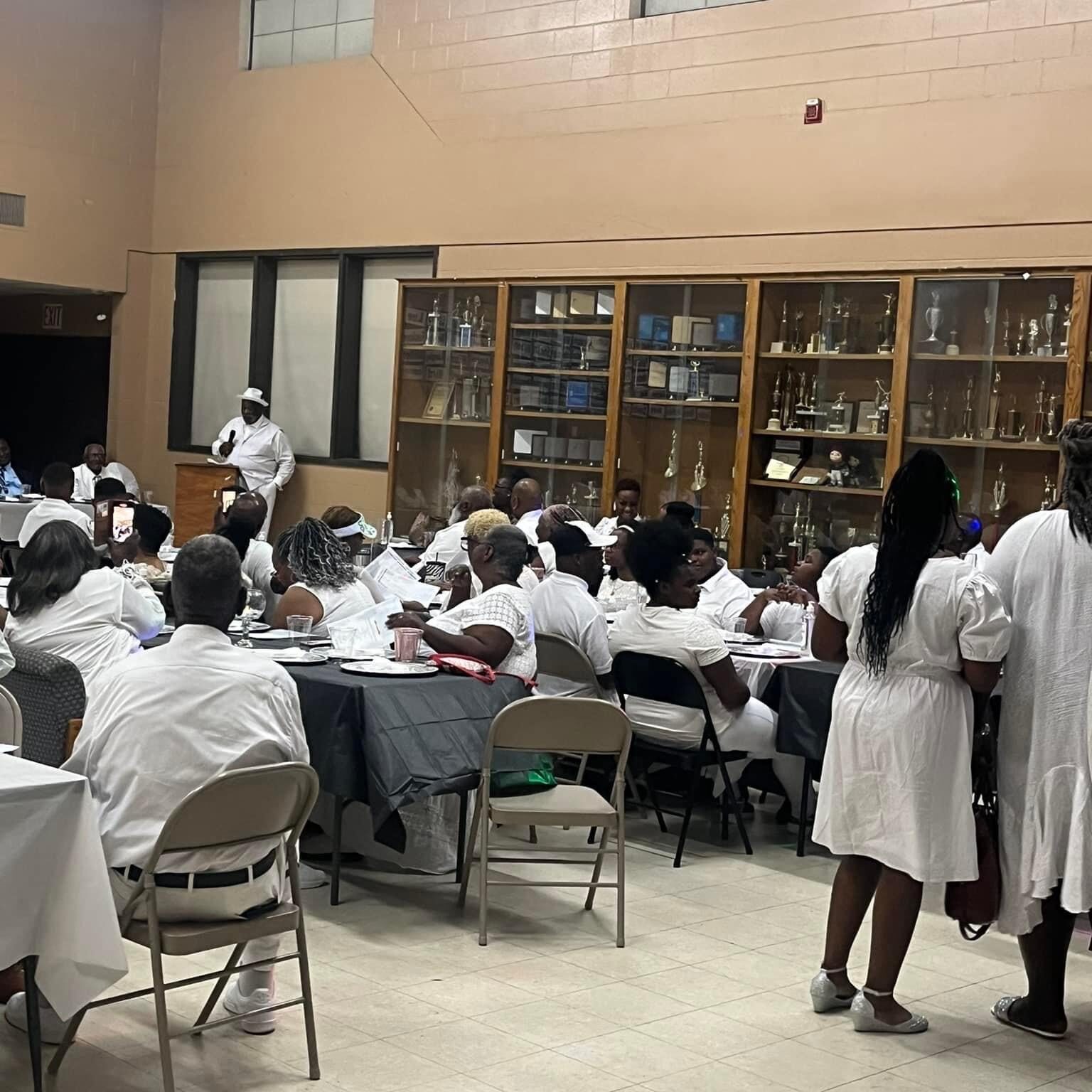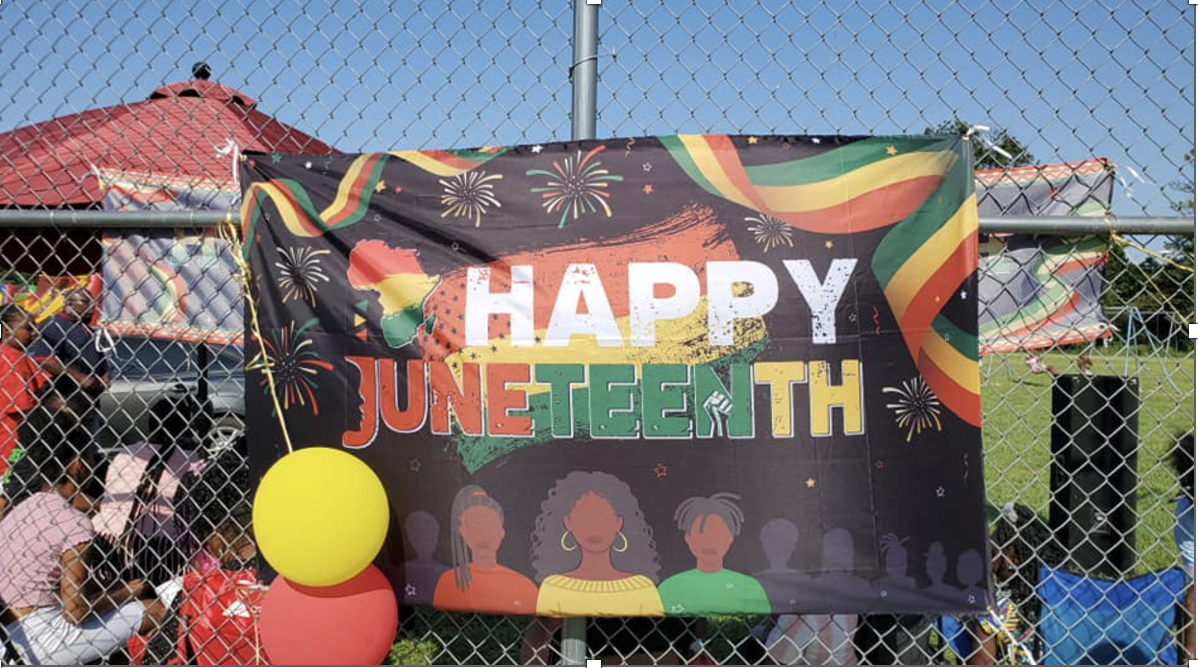How to close well
Sometimes, budgets become so tight or enrollments get so low that offering a strong education is no longer possible. Or the state has created policy pressure that is unescapable policy pressures. Then, closure might become an unavoidable reality, and the focus of community leaders, residents, and school leadership shifts: they must work to ensure a process that is as smooth, inclusive, and democratic as possible.

The final decision to close can’t be paternalistic. It should be made by those most directly impacted. So let the voters decide, which will ensure the decision, even if it’s to close, is truly democratic and has as much support as possible.
If state policy prevents a decision by voters, leaving the decision to the school board, the board should provide community members with multiple opportunities for meaningful input in decisions about whether to close and how to close. These opportunities can include public forums where school board members listen to concerns, document them, respond, and return with more information, as well as surveys and other opportunities for input. Public meetings should be well-advertised, with plenty of notice, and they should be held a variety of times in places that people frequent (e.g., churches, mosques, libraries, the school, community centers). Childcare and food should be provided. For this input to be “meaningful,” it must have actual influence on the decision to close, as well as the process of closure. Students’ and families’ well- being must be the number one consideration in the decision.
Community members should ask hard questions of leadership, including:
- What is your plan for incorporating feedback and input from the public?
- Where will my children go to school?
- How will children be transported to their new schools? Will transportation also cover afterschool activities?
- How will the public be informed about the process of closure?
- How will staff help students with the transition?
- What support will teachers and staff have?
- How will the legacy of the closed school be preserved? What will happen to important school mementos (e.g., trophies, photographs) from the closed site? If some are not saved, where will they go?
- How will supplies be moved from the closed site to the open one?
- Will teachers from the closed school keep their jobs? If some will lose their jobs, how will that be decided?
- What kind of support will there be for local business owners who rely on school business?
- How will this closure impact taxes? Be specific.
- How will the decision to close be evaluated? What happens if promises (e.g., to increase access to AP classes, to have a football team) aren’t kept?
- Will there be groups (e.g., racially minoritized communities, the families of ELL students) that might be especially impacted by closure? Is that fair? How can the burden of closure be more equitable?
- What will happen to the campus of the closed school? How can it be ensured that the community retains control of it?

Once the decision is made, school board members should be transparent about the decision: how it was arrived at, what evidence was considered, and what was done to avoid closure. This information should be conveyed in widely accessible public meetings and documents. Leadership must focus on building trust in them and the process.
Plan thoroughly for the closure. Form a closure committee (representing a variety of stakeholders, including families and students) to investigate how to close in a way to minimize disruption to students and the community. Provide opportunities (e.g., surveys, listening sessions) to hear concerns and then work to address those concerns. Develop a draft plan, seek feedback, and then revise the plan. Make sure to reach out to groups that might be especially concerned with the closure, such as families living particularly far from the new school site or families whose home language isn’t English, to ensure their concerns are heard and addressed. Consider how to honor the closed school with closing rituals, such as creating a time capsule,
and how to prepare students for the transition, with opportunities like tours of the new facility. (This EdWeek article has other strategies.)
Have a conversation about “success”—how will you know that the closure has gone well? Identify targets around indicators like student learning, closure cost, extracurricular involvement, student travel time, student behavior, student absenteeism, graduation rates, local awareness and engagement with feedback mechanisms, family involvement, turnout at closure-related events, and teacher turnover. Then think backwards from those indicators to lay out a plan to reach them.
Think of the receiving school as a “new school.” Have the students vote on colors and a mascot. Give students and families the opportunity to vision the new school together. Carefully consider how each community’s identity will be preserved.
Work hard to integrate students. Students often have an easier time with the transition to a new school than the adults do. That said, there still needs to be deliberate efforts to integrate the two student bodies and, especially, to ensure that students from the closed school receive an equitable and inclusive education at the new school site. Before the first day of school, hold a picnic or community festival that brings families together from all of the communities that will be attending the new school. Continue these kinds of opportunities throughout the year, so that students and families are not just interacting during the school day, but outside of it, too. (Consider providing transportation so that all families, even those from farther communities or without a car, can come.) Carefully track students’ academic progress from the closed school, and ensure they are equitably represented in honors and advanced courses, career and tech ed programs, or other special opportunities. Make sure that sports teams, clubs, honors/advanced courses, student government associations, and other extracurricular groups have strong representation from students from the closed site. Also consider representation on bodies like student government and prom courts or the selection of valedictorian and salutatorian; it might
be useful to expand these bodies or deliberately designate seats for students from the closed school. Finally, ask teachers and guidance counselors to listen carefully for instance of bullying and respond quickly; students need to understand that place-based exclusion is not tolerated in the new school, and all school adults are supportive of them and this merger.

Make sure that teachers’ needs and concerns are addressed. Involve those from the closed school in decisions about where they will go, and make sure that union representatives are also a part of these conversations so that contract provisions are followed. Create a coalition of teachers, representing a variety of grade levels and/or subjects, at each of the sites (closed and new schools) to figure out the logistics of closure, including how supplies will arrive at new classrooms. They can also bring concerns back to school leadership. Continue to monitor teachers’ comfort throughout the first year.
Communication must be clear and consistent. Get a communications plan in place as soon as possible. Throughout the process, communication should come from the same source, and it should be through modes that families use (e.g., social media, email, notes home). Focus on reaching out to families that don’t speak English with translated materials, in-person outreach with translators, and community ambassadors. Any meetings should be held in places that families frequent. No one—not students, families, or community members—should be surprised by anything.
Use the closed school site. When school buildings sit empty, it’s a reminder of what the community has lost. The school buildings are a tremendous community resource. Communities have used buildings for community centers, day care centers, local museums, adult education classes, and after-school program sites. These communities often also allow local families and organizations to rent (or use free of charge) the buildings for meetings, reunions, parties, funerals, fundraisers and other gatherings. To use the site effectively, make sure that the community retains control of the buildings, whether through a local nonprofit, an alumni association, or some other organization that is made up of community members, can speak for those most impacted by the closure, and has a budget sufficient to maintain the buildings. Processes for selling buildings differ from state to state; know your own state’s procedures. Retaining community control can be a part of closure negotiations. Survey local community members to envision, together, how the buildings can be used.
Closing a school can be a traumatic event for a community. It represents the loss of an important community institution, and it usually means facing hard questions about the future. It can be difficult to go from fighting closure to thinking about how to close well, but this is essential for healing, for supporting youth, and for reclaiming the future. A school is a resource critical for making rural communities strong, but don’t confuse the resource with the community itself; the community is what emerges from the ashes, stronger for having fought. Closure doesn’t have to mean defeat… to close well—with strong youth and strong adults and a strong community—is also a victory.
